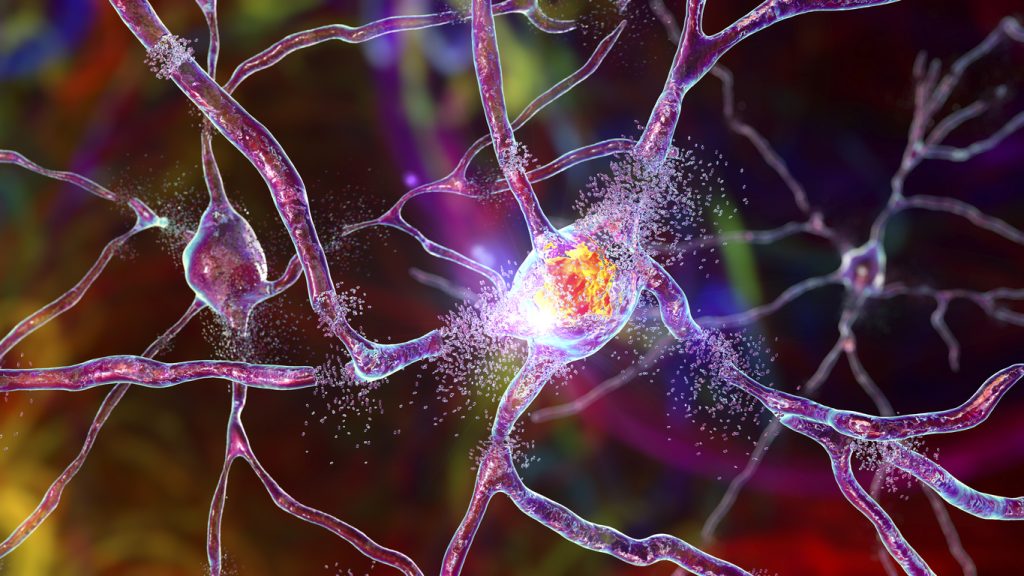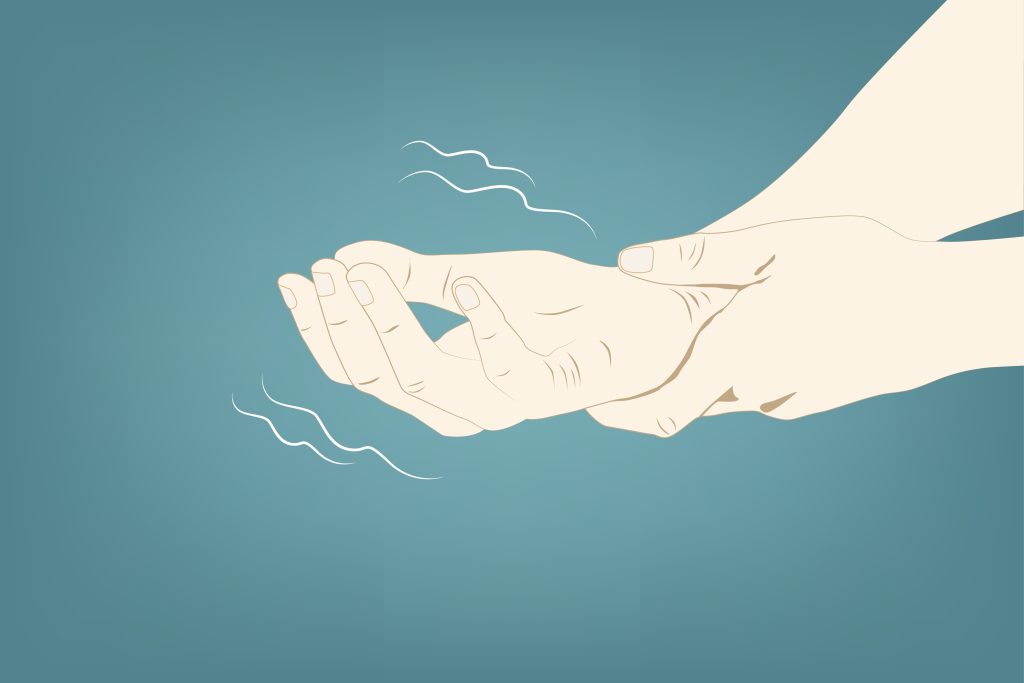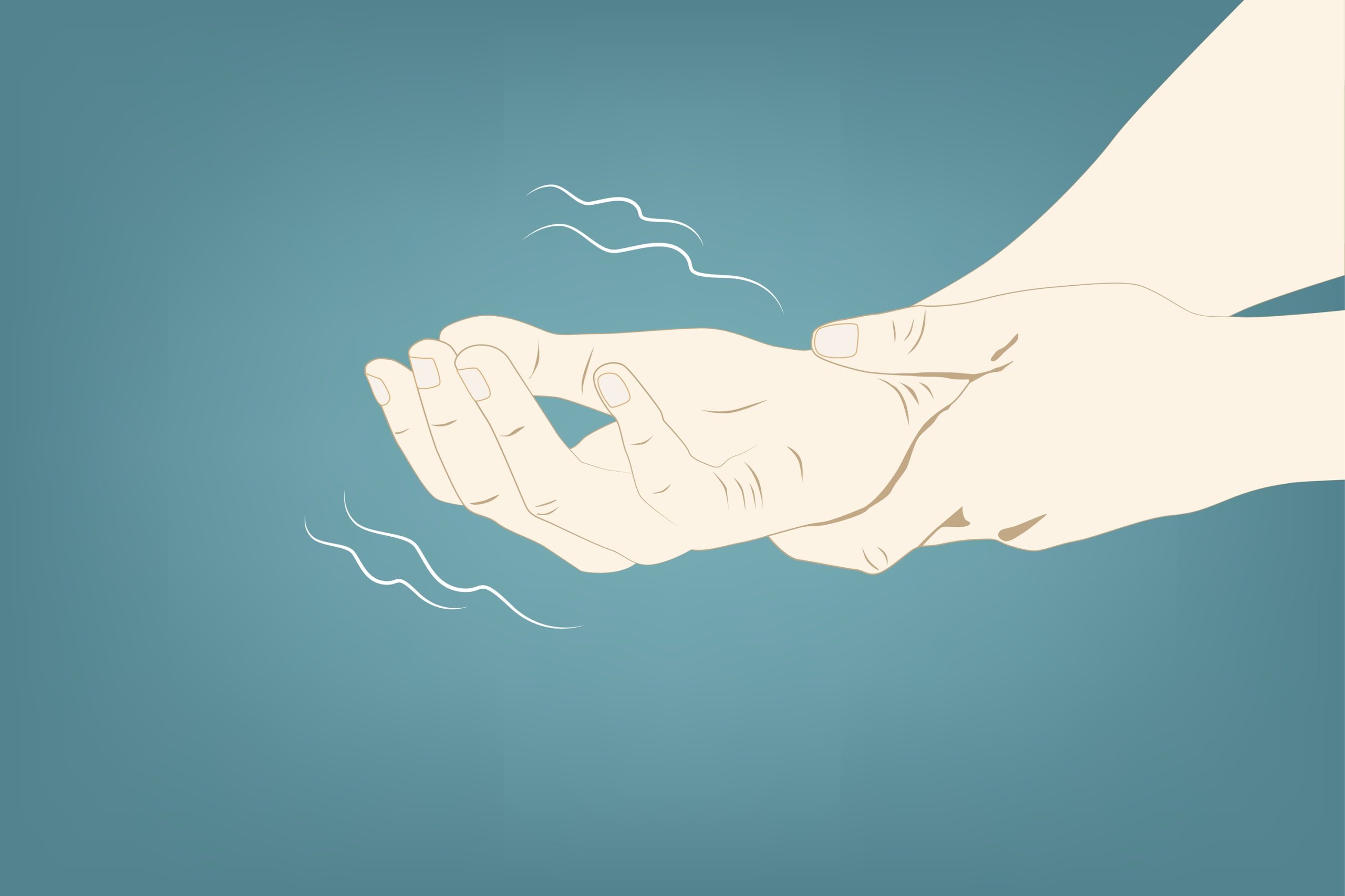From the traditional medical point of view
The exact causes of Parkinson’s disease are not fully understood. Still, researchers believe it results from a complex interaction between genetic and environmental factors. Some of the critical factors that contribute to the development of Parkinson’s include:
Genetic Factors:
- Specific genetic mutations can increase the risk of developing Parkinson’s disease, especially in cases with a family history of the condition.
- However, genetics alone do not fully explain the development of Parkinson’s, as many people with these genetic markers never develop the disease.
Environmental Factors:
- Exposure to certain toxins or chemicals, such as pesticides, has been linked to an increased Parkinson’s risk.
- Head injuries, especially repeated traumatic brain injuries, may also contribute to the onset of Parkinson’s symptoms in some individuals.
Neurodegeneration:
- At the core of Parkinson’s disease is the progressive loss and dysfunction of dopamine-producing neurons in the brain.
- This neurodegeneration leads to the motor symptoms characteristic of Parkinson’s, such as tremors, rigidity, and impaired movement.
While the exact causes remain elusive, ongoing research continues to shed light on the complex interplay of genetic predispositions and environmental exposures that contribute to the development of this debilitating neurological disorder.
The traditional treatment aim is to prolong the deterioration time through pills and surgery.

From the holistic point of view
Stress and worry play a massive part in why people develop Parkinson’s disease. Stress produces tension and contraction in the body. Where there is tension and contraction, the circulation of vital energy and blood-carrying nutrients and oxygen gets restricted.
So, what happens when vital energy flow gets restricted?
- Disrupted Cellular Processes: The proper circulation of vital energy, such as qi or prana, is essential for maintaining the normal function of cells and tissues throughout the body. Impairment of this circulation can disrupt cellular metabolism, signalling, and other critical processes.
- Organ Dysfunction: Different body organs and systems depend on the unimpeded flow of vital energy to operate effectively. Blockages or imbalances in this circulation can contribute to the malfunction of specific organs, such as the brain, heart, lungs, or digestive system.
- Weakened Immune Response: The flow of vital energy supports the body’s natural defences against illness and disease. Impaired circulation may compromise the immune system’s ability to respond effectively to threats, making the body more susceptible to infections and other health problems.
- Pain and Discomfort: Disruptions in the circulation of vital energy are often associated with pain, stiffness, or other physical discomforts. These can be due to accumulation of energetic “blockages” or imbalances in specific body areas.
- Overall Decline in Health: When the body’s vital energy circulation becomes compromised, it can lead to a general decline in health and well-being. Individuals may experience fatigue, lack of vitality, and increased susceptibility to various health issues.
Restoring balanced, unimpeded circulation of vital energy is often a key focus in holistic and traditional healing modalities, as the vital energy is essential for maintaining optimal physical, emotional, and spiritual health.
What happens when cells don't get enough oxygen and nutrients?
- Decreased Energy Production: Cells rely on a steady supply of nutrients, mainly glucose and oxygen, to produce energy through cellular respiration. Without adequate nutrients and oxygen, cells cannot efficiently generate the energy they need to function correctly.
- Oxidative Stress: When cells don’t have enough oxygen, they may switch to less efficient anaerobic respiration, which can produce harmful byproducts called free radicals. These free radicals can cause oxidative stress, damaging the cell’s proteins, DNA, and other critical components.
- Cell Dysfunction: Without proper nutrients and oxygen, cells cannot maintain their typical structure and perform their specialised functions. This can lead to impaired cell signalling, disrupted metabolism, and an overall decline in the cell’s ability to perform its role in the body.
- Cell Death: In severe cases of nutrient and oxygen deprivation, cells may undergo apoptosis or programmed cell death. This can happen when the cells cannot maintain the fundamental processes necessary for survival.
- Tissue and Organ Damage: When large numbers of cells in a particular tissue or organ are deprived of nutrients and oxygen, it can lead to widespread dysfunction and damage to that part of the body. This can have severe consequences for the overall health and function of the affected organ or system.
Insufficient nutrients and oxygen can severely compromise cells’ ability to generate energy, maintain their structure and function, and ultimately survive. This can have cascading effects on the health and functioning of tissues and organs throughout the body.
How does tension affect the body's communication through facia?

The fascia forms a continuous, interconnected network that transmits mechanical, electrical, and chemical signals throughout the body. These signals play a crucial role in coordinating the function of various tissues and organs.
However, chronic stress and tension can lead to restrictions and adhesions within the fascia. This impairs the fascia’s ability to transmit signals effectively, disrupting the body’s ability to communicate internally.
For example, tight, contracted muscles can pull on the fascia, creating areas of tension and restriction. This can obstruct the flow of information between different parts of the body, hindering the coordination of movement, organ function, and overall physiological processes.
Furthermore, the build-up of tension and stress can trigger an inflammatory response within the fascia, compromising its ability to transmit clear signals. This can contribute to pain, stiffness, and a general decline in the body’s overall function and resilience.
Holistic approaches aim to restore the integrity and fluidity of the fascial network by addressing and releasing the underlying tension and contraction in the body. This, in turn, can improve the body’s ability to communicate effectively, facilitating better coordination, organ function, and overall health.
So, how much tension are you carrying in your body? Can you see the patterns? The body knows how to heal but cannot do so without proper circulation and communication within.
The holistic approach aims to reverse the symptoms by using stress (mind) and tension (body) release therapies, treatments, and exercises.
I often get asked if the traditional approach can work alongside the holistic one. Yes, holistic treatment would complement the traditional medical one.
Click on the button below to book a well-being health consultation to discuss the holistic options that would work for you.







